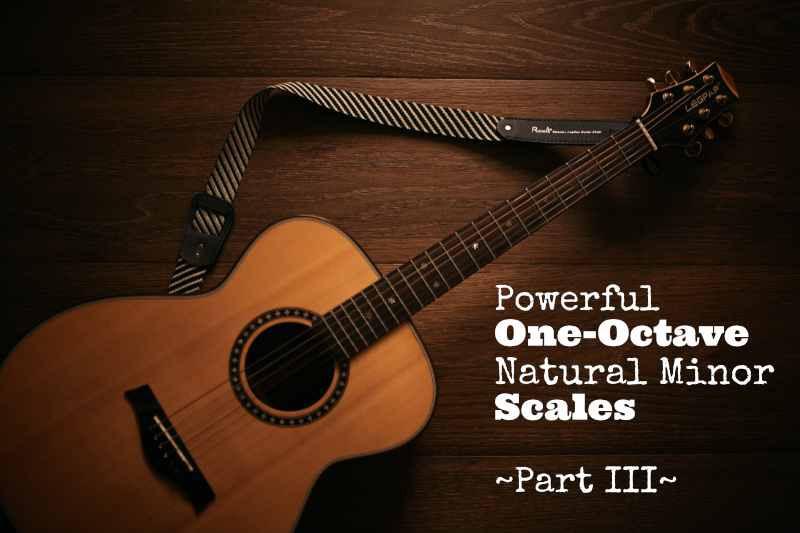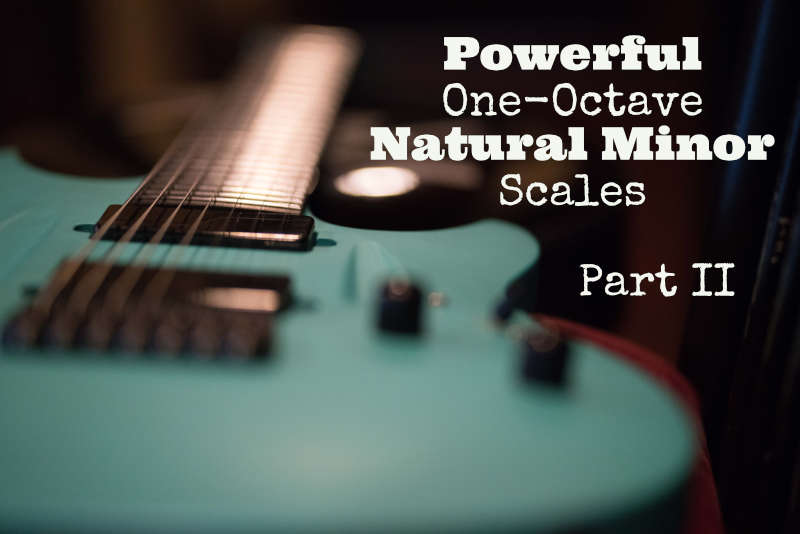
Many years ago I searched for “Damien Rice similar artists” on Last.fm and suddenly I heard a song called “La Cienega Just Smiled”. The song and the voice caught my attention, so I looked up the artist and found out his name was “Ryan Adams”.
I started diving into his songs and a whole new world opened up for me, I couldn’t stop listening and playing his songs. I was absolutely sold, and I still am. My guitar students have to learn a lot of Ryan Adams songs haha!
For me Ryan Adams has the whole package. A magnificent voice, rough and tender rhythm guitar, damn riffs, heavenly harmonies and a beautiful mix of alternative country and rock music.
It’s staggering I haven’t written this blog post before but now it’s time! I’ve created a Top 28 Best Ryan Adams guitar songs that give you a pretty good introduction and insight into the awesome catalog of brilliant songs this man has written and performed over the years.
I’ve included the chords and tabs to the songs below so you can start improving your guitar playing, your songwriting skills and learn from the absolute best.
Have a wonderful time and thank me later ;)
Oh My sweet Carolina
“Oh My Sweet Carolina” is one of Ryan’s most cherished songs, its emotional folk-rock ballad released in 2000 as part of his debut solo album “Heartbreaker.”
For the backing vocals, he reached out to Emmylou Harris (one of Ryan Adams’ heroes) who provided her angelic voice, adding the perfect touch that made the song complete.
Adams wrote the song while living in New York City, far away from his Southern roots. Feeling the pull of his homeland, he penned the song as a form of catharsis and a way to express his yearning for the familiar landscapes and memories of North Carolina.
The song is in the key of C major, with a 4/4 time signature and a gentle tempo around 75 BPM. The song is a mix of finger style and soft strumming using hammer-ons and pull-offs on the C chord. The chords in the song are C, F, G, G, Am and C/G.
Continue Reading



